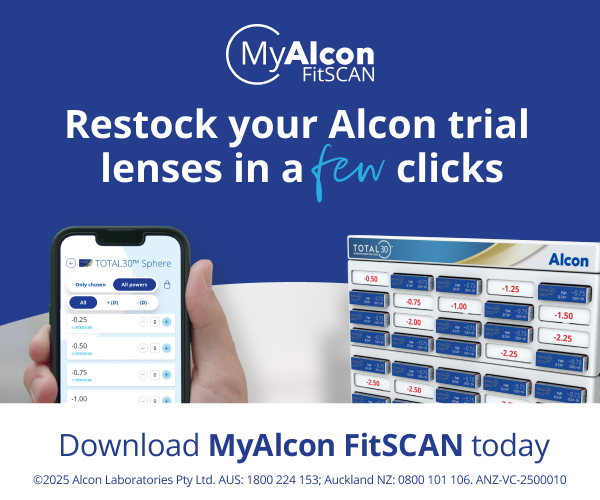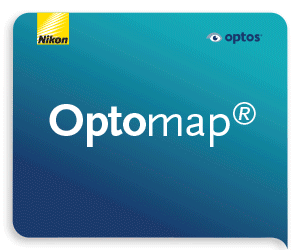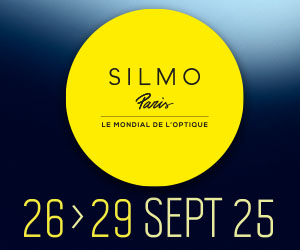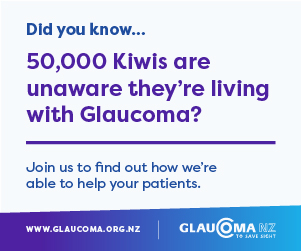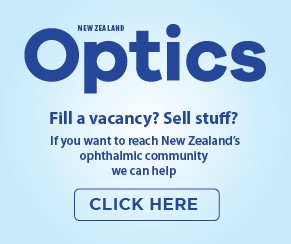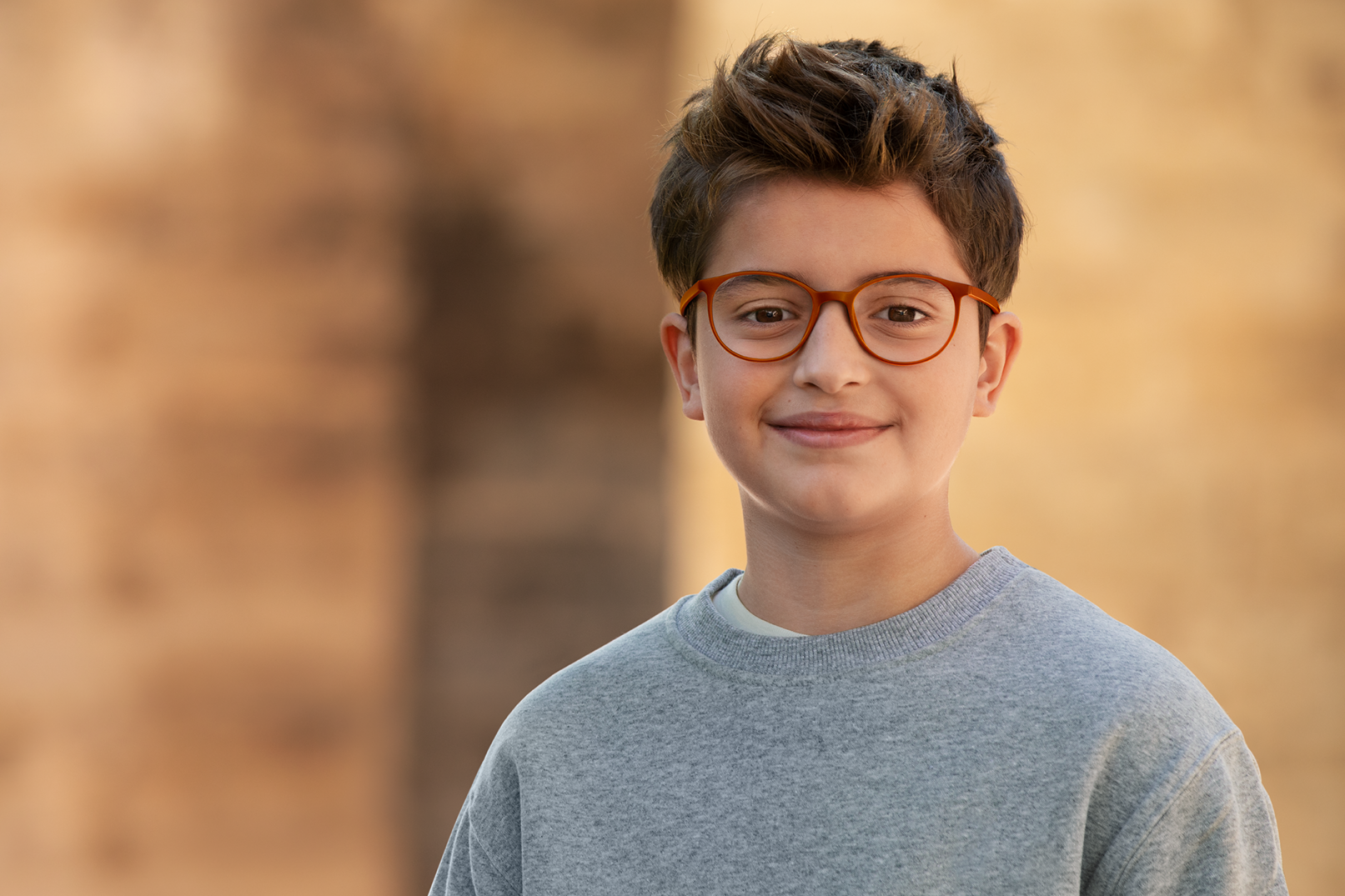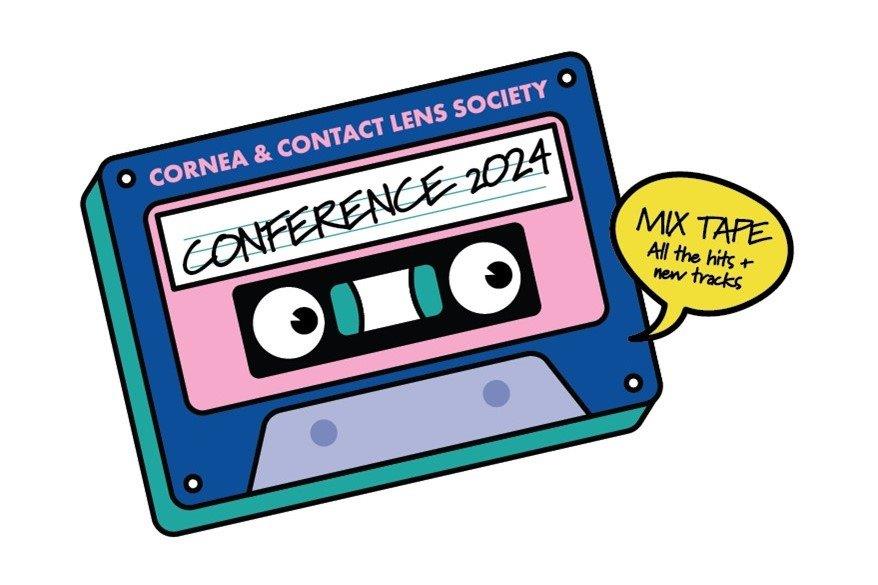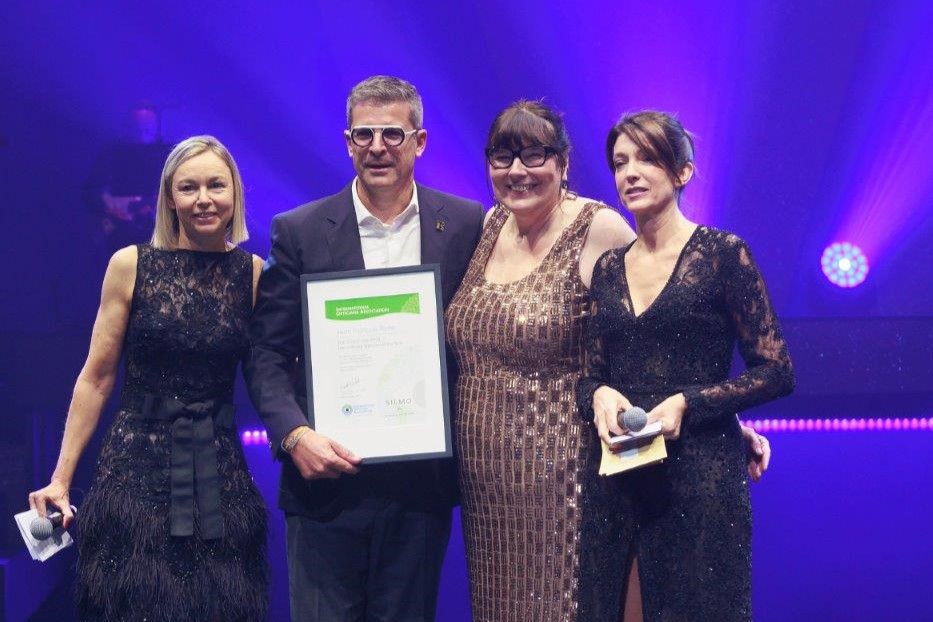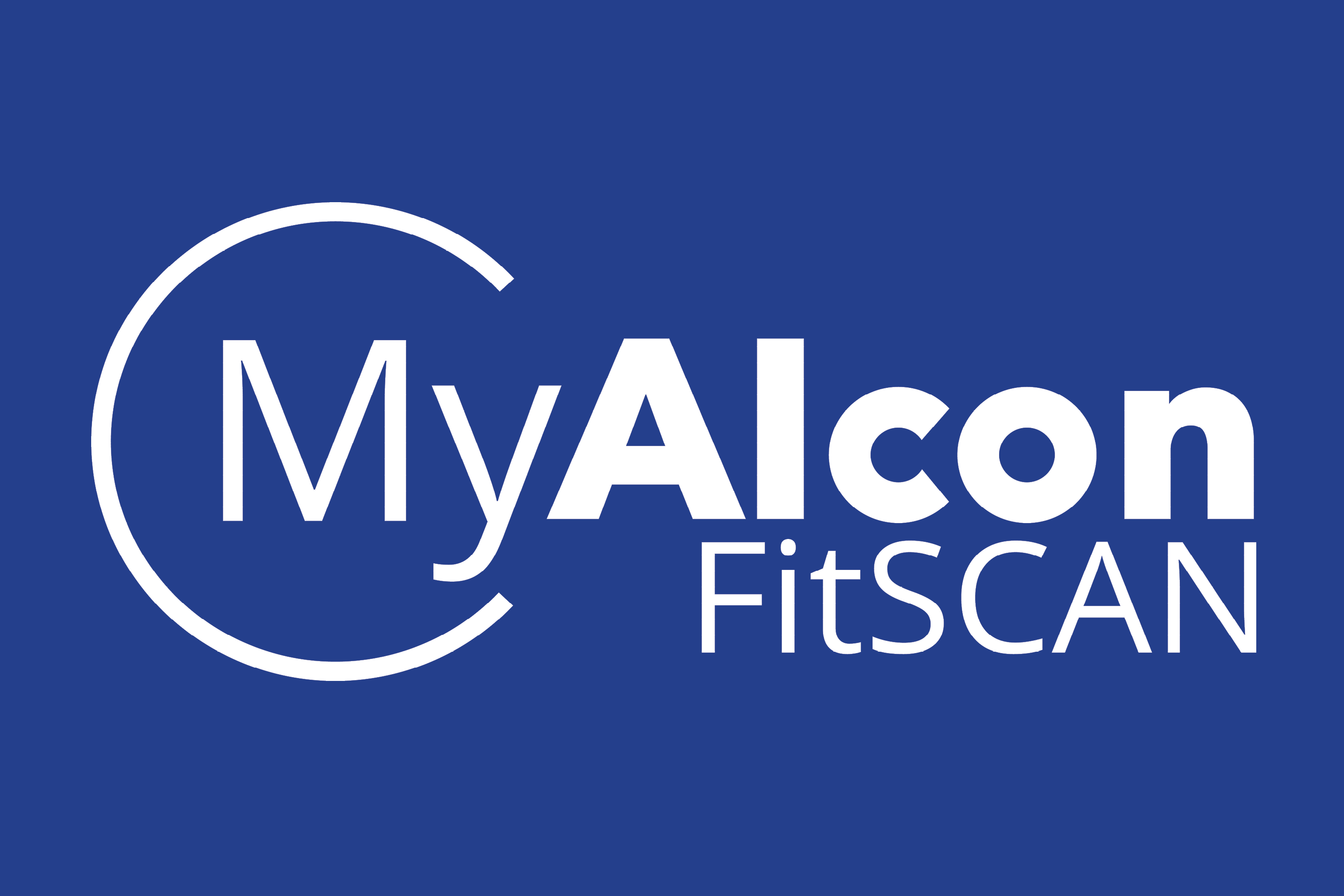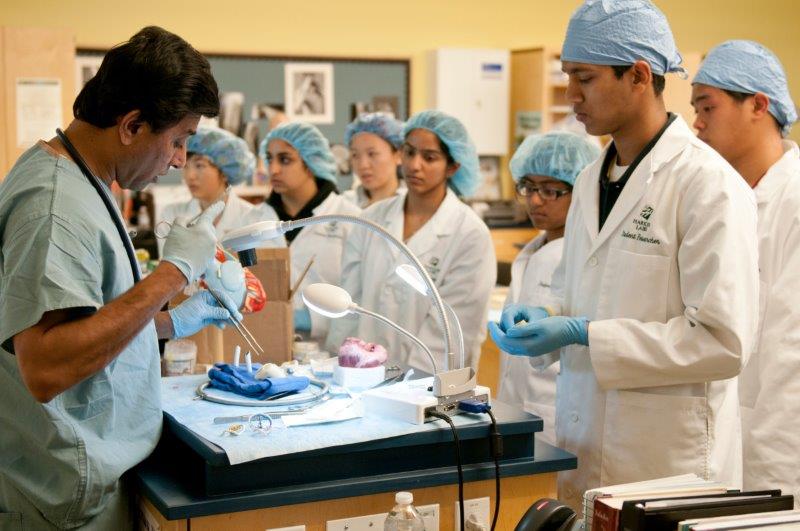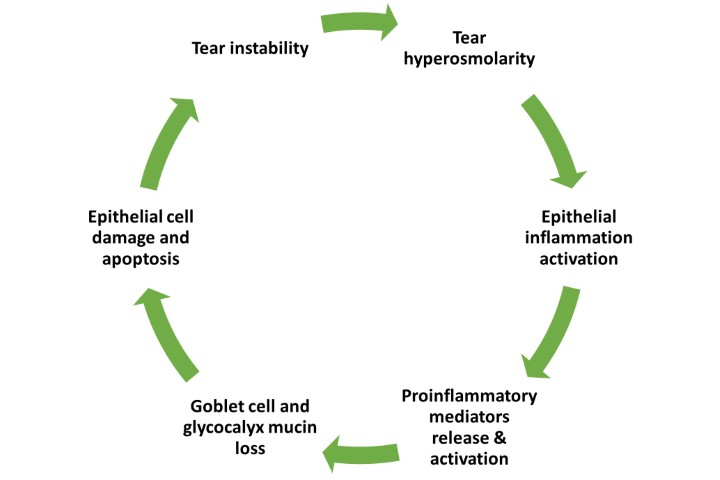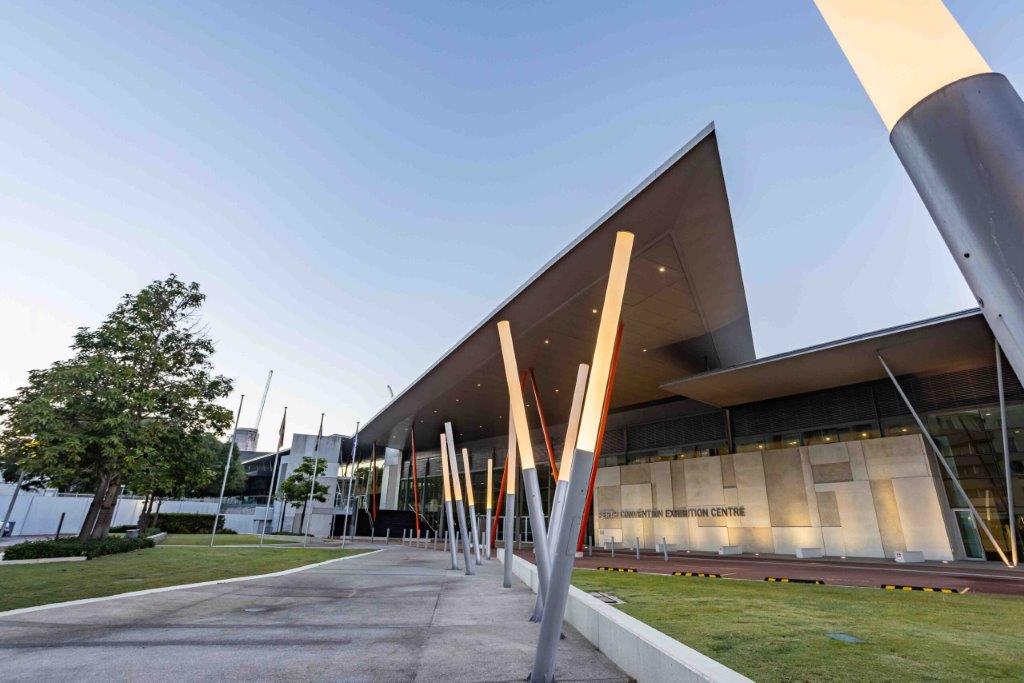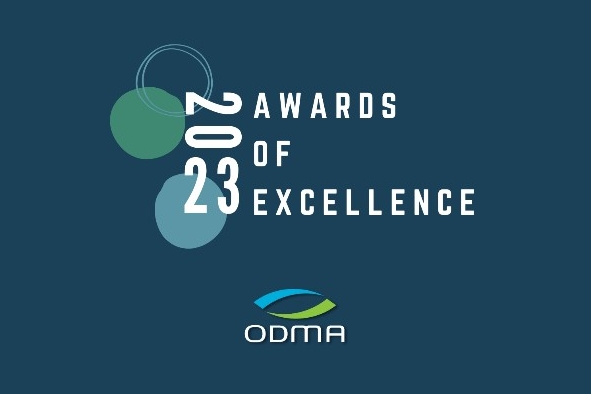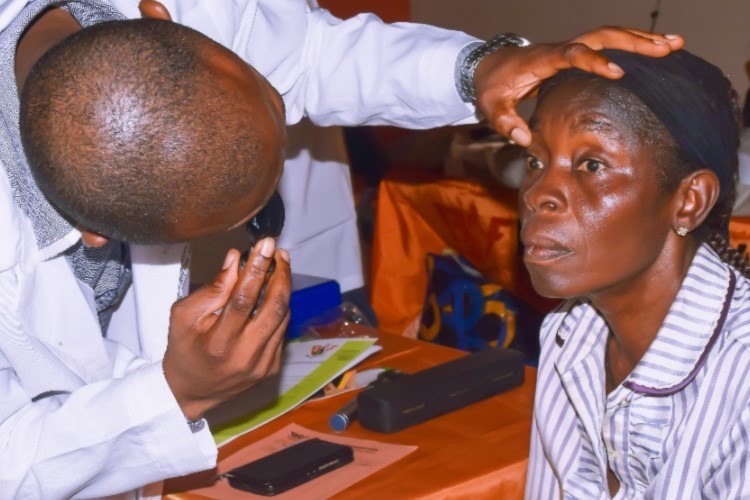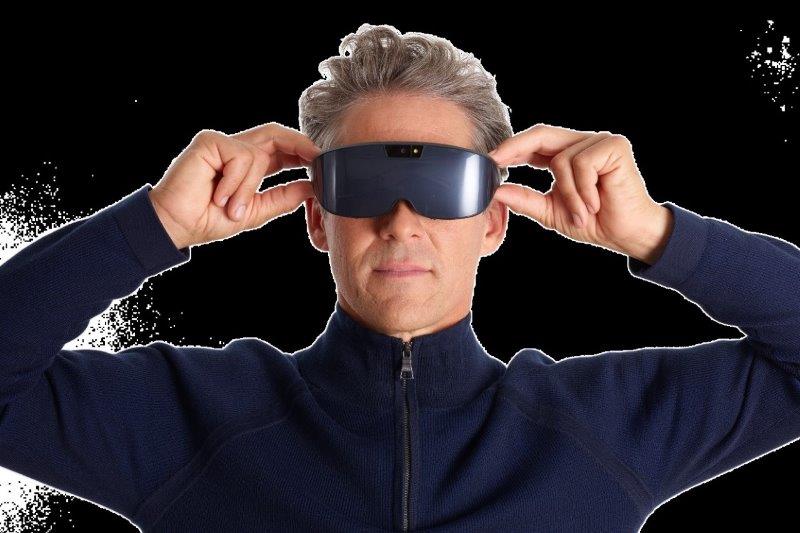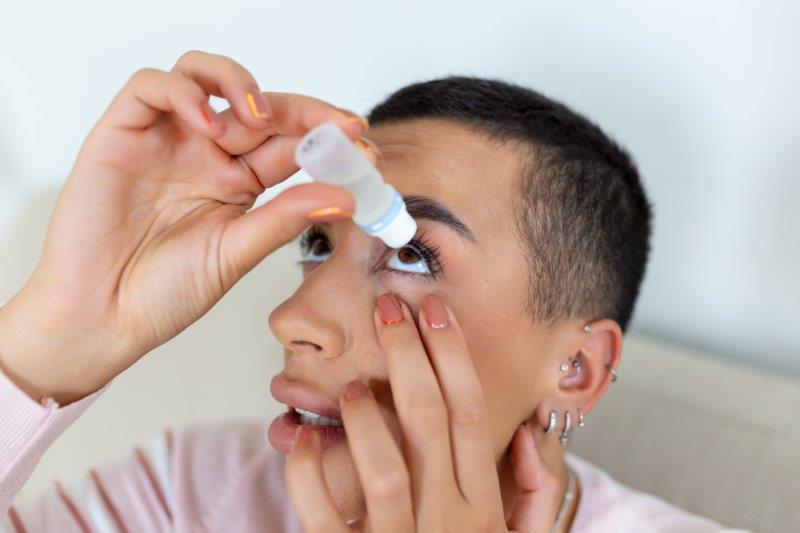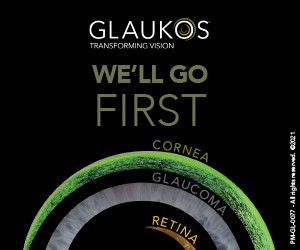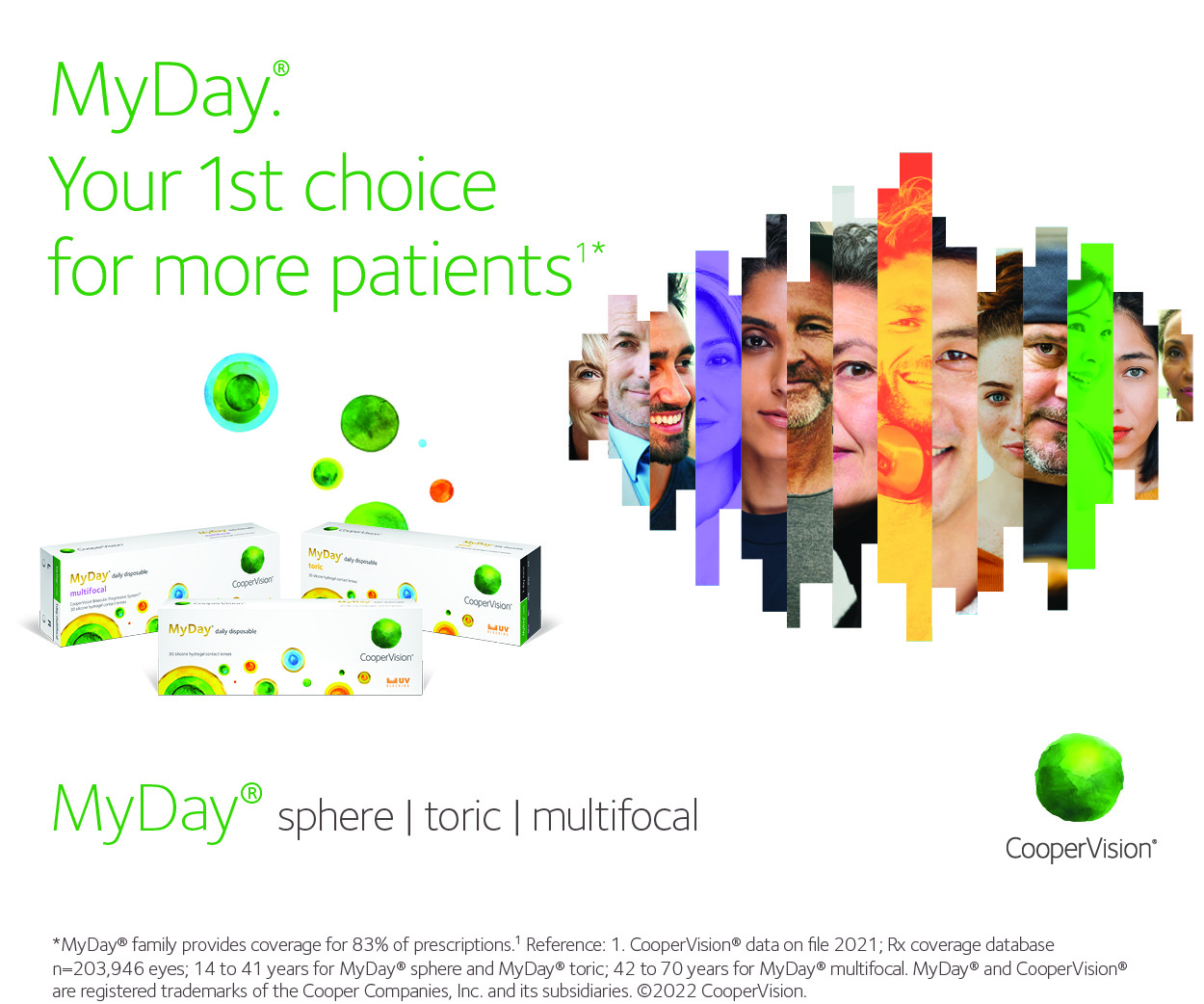ARVO 2022 round-up
The Association for Research in Vision and Ophthalmology (ARVO) annual meeting took place in Denver, Colorado from 1-4 May, and then virtually from 11-12 May. Researchers from around the world presented a profusion of new studies and fascinating breakthroughs. Here’s a few of the publicly released highlights:
Self-administered anti-VEGF draws nearer
Ashvattha Therapeutics reported phase-1 trial results of its subcutaneous anti-VEGF candidate D-4517.2 for the treatment of wet age-related macular degeneration (AMD) and diabetic macular oedema (DMO) showing it is safe and well-tolerated in healthy patients.
Dr Jeffrey Cleland, chairman, CEO and president of the US biopharmaceutical company, said he was encouraged by the safety and tolerability data. The trials also demonstrated that D-4517.2 exposure in healthy subjects translated to efficacious doses in choroidal neovascularisation (CNV) in a mouse model, he said. “Current treatments for wet AMD and DMO require invasive intravitreal injections, which can be a treatment burden on patients and doctors. We are advancing this first-in-class therapy to enable patients the convenience of self-administration with an autoinjector up to once a month in the comfort of their home.”
Researchers noted that while comparable VEGF receptor/platelet-derived growth factor (PDGF) receptor tyrosine kinase inhibitors suppress neovascularisation in animals and humans, they fail to meet target toxicity when administered systematically. Ashvattha said it intends to submit a New Drug Application (NDA) for D-4517.2 and commence a phase-2 study in mid-2022.
Myopia lenses’ effect on axial length
Spanish researchers investigating myopia-control spectacle lenses found that their use affects the diurnal rhythms of axial length (AL) in children.
Together with her team, Dr Eva Chamorro, director of clinical research at Indizen Optical Technologies, established an AL baseline with six children. For the next four days the children wore glasses with a myopia-control lens with a plano central region and imposed peripheral defocus over the dominant eye, and a plano control lens on the fellow eye. Hoya’s Miyosmart, Essilor’s Stellest and a non-commercial prototype from Madrid’s IOT were used to induce defocus.

A Spanish study finds myopia-control spectacle lenses affects the diurnal rhythms of axial length
They discovered a significant increase in AL between the control and treatment eyes with the Stellest and IOT lenses after two hours and, comparing Al variations in the treated eye, all three lenses caused an increase in AL, said Dr Chamorro. “Myopia-control spectacle lenses affect the diurnal rhythms in the AL in young adults and produced a small short-term increase in the AL that varies in intensity and time interval for each of the three studied lenses.”
Outdoor activity thickens kids’ choroids
Researchers have found significant increases in choroidal and corneal thicknesses in Japanese schoolchildren following just one week of intensive outdoor activity.
The Keio University School of Medicine, Tokyo, study of 17 children found a programme of increasingly rigorous outdoor activity resulted in a mean increase of choroidal thickness from 359.5µm to 397.4µm and a significant change in the central corneal thickness from 579.0µm to 584.0µm. No significant changes in refractive error, axial length, or tear fluid volume were observed.
Investigators noted that their finding is important since outdoor activity is an evidence-based environmental factor that protects against myopia, which is increasingly prevalent worldwide.
Anti-VEGF alternative for DMO?
A drug developed by a Belgian biotech firm has been shown to protect rats from diabetic macular oedema’s (DMO) characteristics of retinal permeability, increased inflammatory cells and diabetes-induced activation of Müller cells.
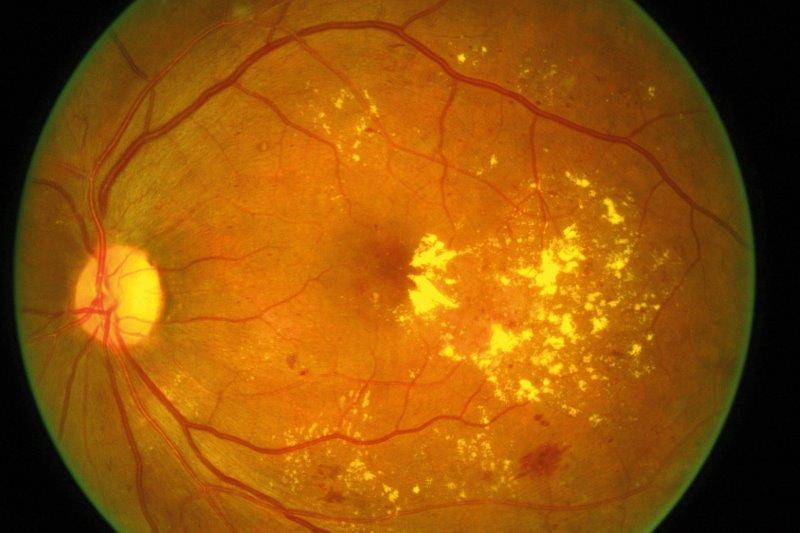
Severe diabetic macular oedema. Credit: David Yorston
Currently in phase-2 trials with DMO patients, Oxurion’s THR-687 is an integrin antagonist of tripeptide Arg-Gly-Asp (RGD). Presenting the results, Dr Tine Van Bergen, a senior scientist with Oxurion, said because of THR-687’s multifaceted mechanism of action, it may have the potential for a broader biologic effect compared to anti-VEGF therapy.
Test predicts uveal melanoma spread
Swedish researchers have developed a prognostic test that they claim is a strong predictor of metastatic uveal melanoma.
Dr Christina Herrspiegel and colleagues from the Karolinska Institutet and St Erik Eye Hospital screened 83 patients diagnosed with primary melanoma in the choroid or ciliary body to evaluate cancer-related proteins as potential biomarkers, plus an enzyme-linked immunosorbent assay to evaluate the serum levels of the best protein candidates. They concluded that their ‘serUM’ test, based on leptin and osteopontin concentrations, was an independent predictor of metastasis when entering the tumour diameter and thickness, plus patient age at diagnosis, as covariates.
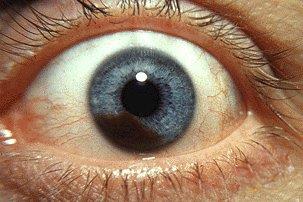
Iris melanoma





